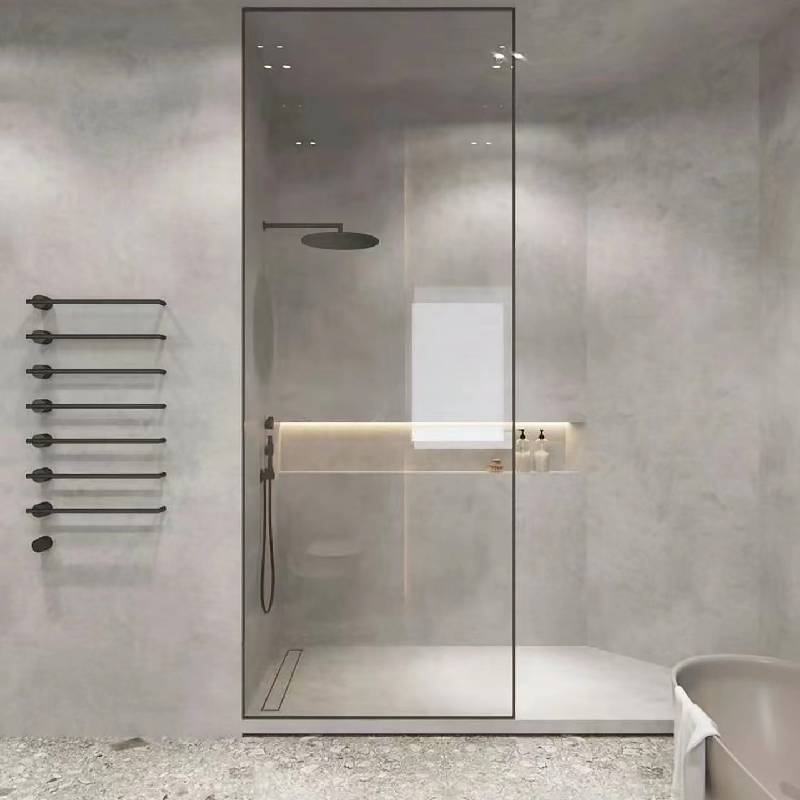

Understanding the Cost of Low-E Glass per Square Foot
Low-emissivity (low-E) glass has revolutionized the construction and renovation industry, providing a myriad of benefits in energy efficiency, aesthetics, and comfort. The term “low-E” refers to the thin, transparent coating applied to the glass surface that reflects infrared light while allowing visible light to pass through. As homeowners and builders increasingly prioritize energy efficiency, understanding the cost of low-E glass per square foot becomes crucial for making informed decisions.
Understanding the Cost of Low-E Glass per Square Foot
Another consideration in the pricing of low-E glass is the glass type and thickness. Standard insulating double-glazed units incorporating low-E coatings can vary in cost based on the thickness of the glass and whether it includes additional features like argon gas fill, which enhances insulation. For instance, a standard double-glazed unit with low-E glass may cost anywhere from $15 to $25 per square foot, while additional features can push the price higher.

Moreover, the geographic location and local building codes significantly impact the cost of low-E glass installations. Labor costs can fluctuate based on regional demand for glass and installation services. For example, metropolitan areas may experience higher labor costs due to increased demand, while rural settings may offer more competitive rates. Regulations regarding energy efficiency in building codes can also dictate the type of glass that must be used, potentially increasing costs if builders are required to use more advanced low-E glass options.
Homeowners and builders should also consider the long-term benefits of low-E glass. While the upfront investment may be higher than standard glass, the energy savings achievable over the lifespan of the windows can offset these costs. Low-E glass can reduce energy bills by reflecting heat back into the home during winter and keeping it out during summer. According to studies, households can save between 10% to 25% on energy costs, leading to a more attractive return on investment.
Additionally, when evaluating the cost of low-E glass per square foot, it’s essential to account for the potential increase in property value. Energy-efficient homes are increasingly sought after in the real estate market, and installing low-E windows can make a home more appealing to buyers. This investment not only enhances comfort but also contributes to sustainability, aligning with market trends toward environmentally friendly living.
In summary, the cost of low-E glass per square foot can vary greatly depending on several factors, including the type of coating, glass thickness, regional labor costs, and the long-term energy savings benefits. While it may require a higher initial investment, the advantages of low-E glass make it a worthwhile consideration for new construction and renovations. By factoring in the energy savings, aesthetic appeal, and potential increase in property value, homeowners and builders can make informed decisions that align with both their financial goals and environmental considerations. Ultimately, investing in low-E glass is not simply about the cost—it’s about the value it brings in comfort, efficiency, and sustainability.